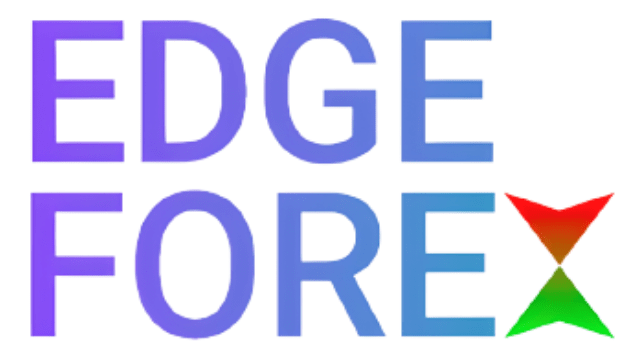Introduction
Automated forex trading has revolutionized the way traders participate in the foreign exchange market. In this blog post, we will explore what automated forex trading is and how it works, providing you with a comprehensive understanding of this increasingly popular trading approach.
1. What is Automated Forex Trading?
Definition and Benefits
Automated forex trading, also known as algorithmic trading or black-box trading, involves the use of computer programs and algorithms to execute trades in the forex market. It eliminates the need for manual trading, allowing traders to execute trades automatically based on predetermined rules and criteria.
Advantages of Automated Trading
Automated forex trading offers several advantages, including:
- Elimination of emotional bias: Automated trading systems execute trades based on pre-defined rules, removing the influence of emotions that can lead to impulsive or irrational decisions.
- Increased speed and efficiency: Automated systems can analyze multiple market conditions and execute trades instantaneously, potentially capturing profitable opportunities that may be missed by manual traders.
- Backtesting and optimization: Automated trading strategies can be backtested using historical market data to assess performance and optimize trading rules before deploying them in live market conditions.
- 24/7 trading: Automated systems can operate continuously, even when the trader is not actively monitoring the market, allowing for round-the-clock trading.
2. How Does Automated Forex Trading Work?
Designing a Trading Strategy
The first step in automated forex trading is designing a trading strategy. Traders need to define the rules and conditions that the automated system will follow to execute trades. These rules can be based on technical indicators, price patterns, or fundamental factors.
Developing the Trading Algorithm
Once the trading strategy is defined, it needs to be converted into a computer program or algorithm. Traders can use specialized software or programming languages to develop the algorithm, incorporating the desired rules and conditions.
Connecting to a Trading Platform
The trading algorithm is then connected to a trading platform provided by a forex broker. The algorithm interacts with the trading platform’s application programming interface (API), allowing it to receive market data, analyze it, and execute trades automatically.
Monitoring and Adjusting the System
Traders need to monitor the performance of their automated trading system regularly. This involves evaluating trade execution, profitability, and any deviations from the expected outcomes. Adjustments to the strategy or algorithm may be necessary based on the analysis of the system’s performance.
Conclusion
Automated forex trading has transformed the way traders participate in the forex market. By utilizing computer programs and algorithms, traders can execute trades automatically, removing emotional bias and increasing efficiency. Understanding the concept and process of automated trading is crucial for traders looking to explore this innovative approach. By designing a robust trading strategy, developing the trading algorithm, connecting to a trading platform, and continuously monitoring and adjusting the system, traders can potentially benefit from the advantages offered by automated forex trading.

